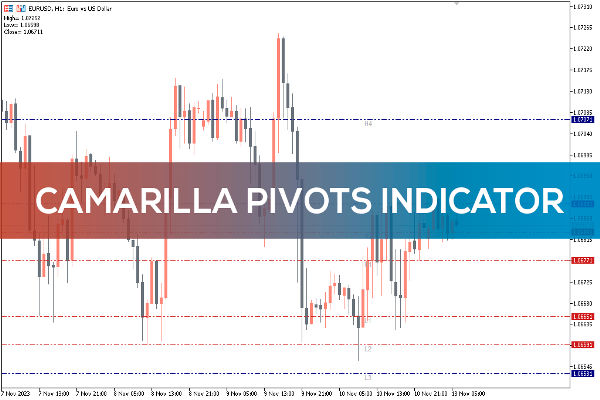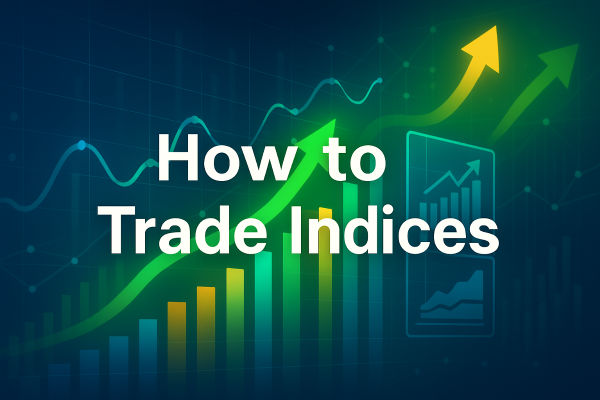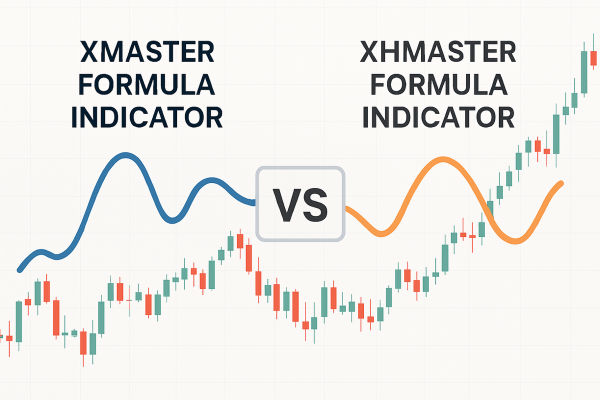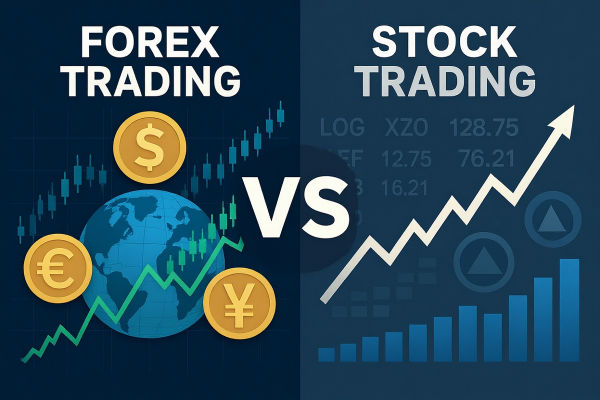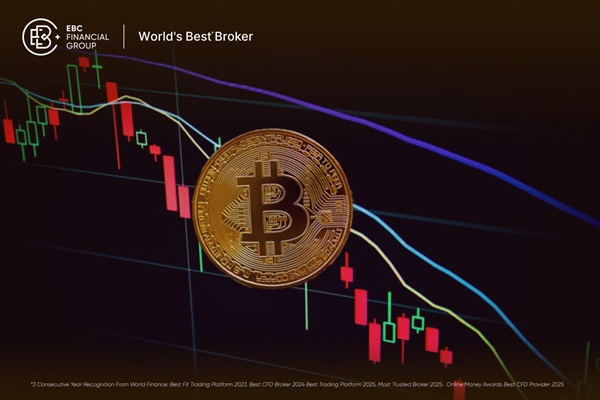Some traders are like long-distance sailors, charting courses across wide seas, aiming for distant horizons. Others are like speedboats, darting between waves to catch momentum and switch directions quickly. Position trading is the sailor’s strategy; swing trading is the speedboat’s. Each has its own rhythm, rewards, and risks.
In 2025, with markets volatile and opportunities everywhere, many new and seasoned traders ask: should I adopt position trading or swing trading? The answer depends not on buzzwords but on how you trade, how much time you can devote, and how much risk you can stomach. To guide your decision, let’s move from these concepts and delve into a direct comparison. Below, we compare 10 key differences between position trading and swing trading to help you choose wisely and trade with clarity.
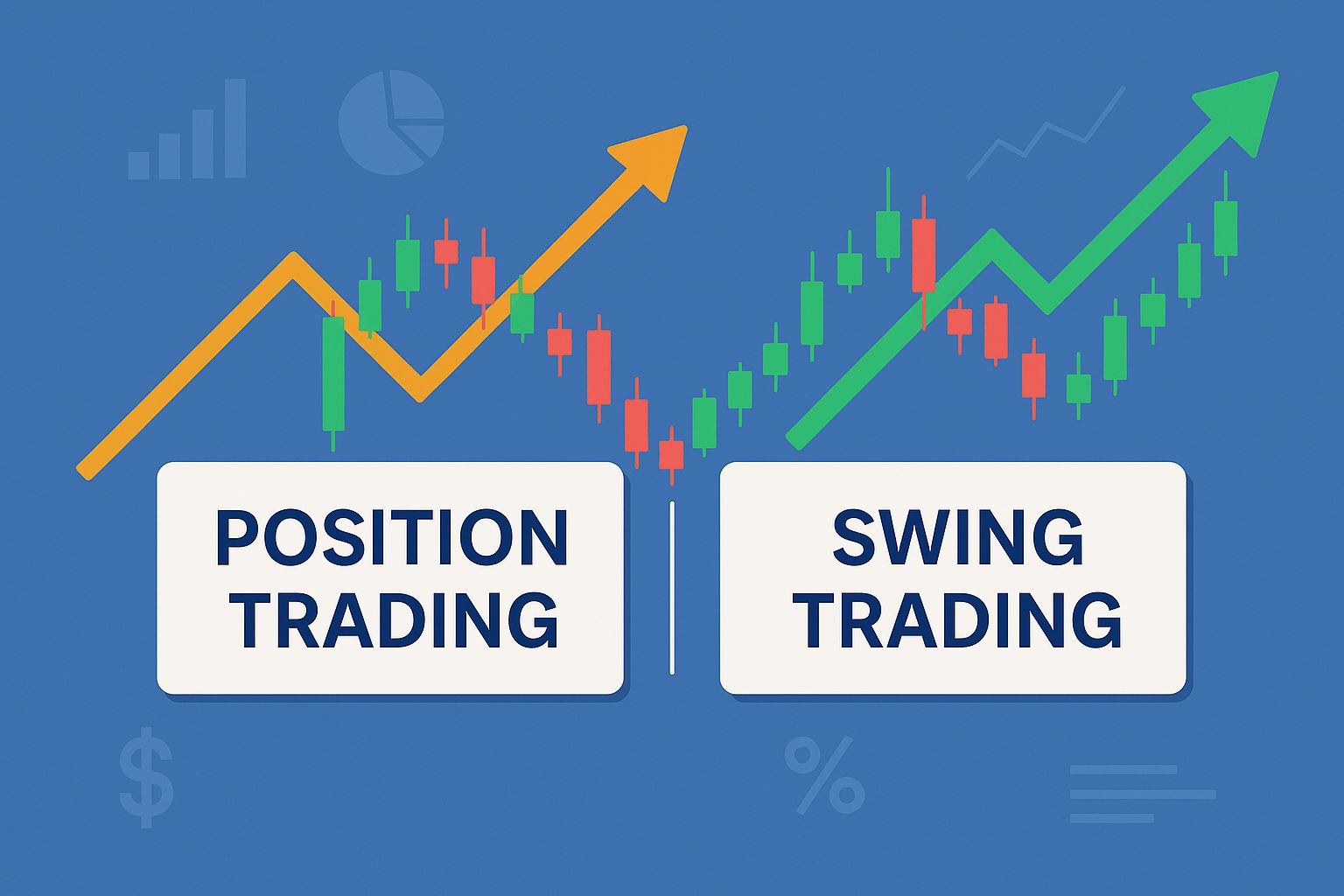
What Is Position Trading?
Position trading is a style where traders hold positions for weeks, months, or even years, aiming to profit from major market trends rather than short-term fluctuations. Unlike day trading or even swing trading, position traders are less concerned with daily noise and more focused on macro drivers: interest rates, industry cycles, earnings growth, and structural shifts in markets.
This approach demands patience and conviction. A position trader might sit through pullbacks that would stop out a swing trader. Instead of reacting to every dip, they look at the bigger picture: economic data, company fundamentals, or global events shaping long-term demand.
Now that we have explored position trading, let’s clarify swing trading and see how it fits into the trading landscape.
What Is Swing Trading?
Swing trading sits in the middle of the trading spectrum. Positions are usually held for a few days to several weeks, targeting intermediate price “swings” that occur within larger trends. Swing traders rely heavily on technical analysis, chart patterns, moving averages, momentum indicators, and support/resistance levels to time entry and exit.
It is more active than position trading, but less frenetic than day trading. Swing trading can appeal to those who want more frequent opportunities but cannot spend every second glued to a screen. The goal is to capture short bursts of market movement without being locked into long-term uncertainty.
Position Trading vs Swing Trading: 10 Key Differences
1. Time Horizon
The most obvious difference between position trading and swing trading is the time horizon. Position traders think in months or even years, while swing traders think in days or weeks.
For a position trader, the holding period can span a company’s earnings cycles or even macroeconomic phases. For example, a position trader in 2020 who believed in the long-term adoption of renewable energy might have held clean energy ETFs for several years, enduring pullbacks but ultimately riding the trend. Their horizon lets them capture structural transformations.
Swing traders, by contrast, are opportunistic. They may spot a bullish chart pattern and enter for a 10 percent move over two weeks. Once that target is hit, they exit. Their horizon is too short to worry about five-year industry trends. For them, the key is to capture intermediate waves within the broader tide.
2. Trade Frequency
Because of their different horizons, the trade frequency between position trading and swing trading diverges sharply. Position traders make relatively few trades per year. Swing traders make many more.
A position trader may only make a dozen decisions in a year: buy, hold, or sell when a trend matures. That low frequency reduces transaction costs and emotional fatigue. It also makes it easier to stick with conviction trades.
3. Analysis Method
The analysis tools used in position trading vs swing trading are also distinct.
Position traders lean heavily on fundamental analysis. They may evaluate company earnings, interest rate trends, government policy, and long-term sector shifts. Their charts might feature 200-day moving averages or multi-year trend lines, but the decision is rooted in fundamentals.
Swing traders depend more on technical analysis. They use candlestick patterns, oscillators like RSI, moving averages like the 20-day or 50-day, and short-term volume spikes to predict near-term moves. Their trades succeed or fail based on the timing of market psychology, not the deep value of a company.
Both approaches are valid. Some traders even blend them: a position trader may use fundamentals to choose an asset, but technicals to fine-tune the entry point.
4. Risk Profile and Drawdowns
The risk tolerance needed for position trading vs swing trading differs significantly.
Position traders must be comfortable with large interim drawdowns. For example, during Tesla’s rise from 2019 to 2023, the stock fell more than 30 percent multiple times. A swing trader would likely have been stopped out, but a position trader held through the turbulence to capture the long-term trend. The risk is that trends can take years to materialise, and not every company recovers.
Swing traders face a different risk. Their drawdowns per trade are usually smaller because they set tight stop-losses, but frequent trading means they can accumulate many small losses. The challenge is to ensure that winning trades are larger than the losers.
5. Capital and Margin Requirements
Capital allocation works differently for position trading and swing trading.
Position traders tie up capital for longer periods. If you commit $50,000 to a position trade in Amazon, you may not touch that capital for years. This is fine if you have deep pockets, but it can be limiting for smaller accounts. Position trading often requires patience and larger capital to weather volatility without forced selling.
Swing traders recycle their capital faster. They may use $10,000 for a trade in copper futures for three weeks, exit with profit or loss, and redeploy into another trade. The frequent turnover makes capital work harder, but it also increases transaction costs and taxes.
6. Emotional Discipline
The psychological challenge is different in position trading vs swing trading.
Position traders need patience and conviction. Imagine holding a stock that drops 20 percent in a month while headlines scream about recession. Selling in panic destroys the strategy. To succeed, position traders must focus on fundamentals and trust their analysis even when the market wobbles.
Swing traders face the opposite challenge. Their danger is hesitation. When a pattern signals an exit, they must act quickly. Waiting too long can turn a profitable trade into a loss. Swing traders must be decisive, disciplined with stop-losses, and unemotional about moving on.
In short, position trading tests your ability to do nothing for long stretches, while swing trading tests your ability to act swiftly without overthinking.
7. Market Conditions Suitability
Not all markets favour both styles equally.
Position trading thrives in trending environments. When equities rally for years, or commodities move steadily upward due to demand, position traders capture huge gains. In sideways or choppy markets, however, position traders may suffer dead money for long periods.
Swing trading works better in markets with clear oscillations. If the S&P 500 trades between 4,200 and 4,600 for months, swing traders can profit from repeated moves inside that band. But when a strong breakout or breakdown occurs, swing traders risk being caught on the wrong side.
8. Tools and Indicators
The toolkits differ between swing and position traders.
Position traders might focus on long-term indicators:
200-day moving averages
Multi-year chart patterns
Economic data releases like GDP, inflation, and interest rates
Valuation ratios such as P/E, P/B, or dividend yields
Swing traders rely on shorter-term indicators:
20-day or 50-day moving averages
Oscillators like RSI or MACD
Chart patterns like flags, triangles, and double bottoms
Volume analysis and intraday momentum
The emphasis is time-sensitive. Position traders ask, “Where will this stock be in five years?” Swing traders ask, “Where will this stock be in five days?”
9. Costs and Taxes
The cost profile of position trading vs swing trading is another major difference.
Position traders incur fewer commissions and fees, since they trade less often. Taxes also tend to be lower if positions are held more than one year, qualifying for long-term capital gains in markets like the United States. For international investors, similar rules often reward long-term holding.
Swing traders rack up more commissions, spreads, and short-term tax liabilities. Even with low-fee brokers, frequent buying and selling eats into returns. In jurisdictions where short-term gains are taxed at higher rates, the difference is even more pronounced.
For this reason, swing trading demands higher gross returns to offset costs, while position trading can achieve decent net returns with fewer trades.
10. Lifestyle and Time Commitment
Finally, lifestyle plays a big role in the choice.
Position trading suits those who cannot monitor markets daily. A full-time professional with little free time can check charts weekly, adjust occasionally, and still benefit. It is less stressful and demands less screen time.
Swing trading requires more attention. Traders need to track daily moves, adjust stop-losses, and seize setups quickly. It suits those who enjoy the market as a daily craft or have flexible schedules.
Neither is superior in absolute terms, it depends on your personality, availability, and tolerance for uncertainty.
Case Studies
Case Study 1: Position Trading, Tesla’s Multi-Year Run
Tesla rose dramatically from 2019 to 2023, multiplying in value despite heavy volatility. A position trader who held throughout captured the transformational trend in electric vehicles. They ignored pullbacks of 20 to 30 percent, focusing instead on the growth of EV adoption and government policy support. This shows how patience pays off in position trading.
Case Study 2: Swing Trading, Copper Futures in 2023
Copper prices swung multiple times in 2023 as traders reacted to Chinese demand data and global supply fears. Swing traders who entered after pullbacks and exited near resistance could capture 10 to 15 percent moves within weeks. This is the essence of swing trading: capturing shorter bursts within larger trends.
Case Study 3: Hybrid Approach, Amazon Stock
Some traders mix both. For instance, an investor may hold Amazon as a position trade for its long-term e-commerce dominance but also swing-trade its short-term pullbacks. This hybrid style allows participation in both horizons but requires strict separation of capital and discipline.

Which Strategy Fits You Best?
The debate of position trading vs swing trading is not about right or wrong but about fit. The best strategy is the one that matches your personality, goals, and resources. To explore this further, let us break it into practical considerations.
Patience and Time Commitment: If you value patience, lower stress, and fewer decisions, position trading may be the better option. It allows you to step back from daily market noise and concentrate on macroeconomic trends, company fundamentals, or sector-wide shifts. Investors who prefer to “buy and hold” with conviction often find position trading aligns well with their temperament.
Action and Pattern Recognition: If you thrive on action, pattern recognition, and more frequent opportunities, swing trading may be more appealing. Swing traders analyse technical setups, momentum indicators, and short-term catalysts. Their strategy requires more time at the screen and faster decision-making, which suits traders who enjoy the pace of daily or weekly market activity.
Lifestyle and Stress Levels: Your daily schedule and stress tolerance also determine fit. Busy professionals who cannot monitor charts constantly may lean towards position trading. On the other hand, individuals with flexible schedules who enjoy actively managing trades might gravitate to swing trading.
Risk Tolerance: Position trading demands the ability to sit through larger drawdowns, trusting in the long-term trend. Swing trading often limits losses per trade but can involve a series of small drawdowns. Which risk style feels more manageable to you is a key deciding factor.
Blending the Two Approaches
Many modern traders combine both. They keep a portfolio core in long-term position trades, while allocating a smaller slice for swing trades. This hybrid strategy provides the stability of long-term conviction while scratching the itch for shorter-term gains.
Position trades can form the anchor of a portfolio, tied to long-term themes.
Swing trades can be tactical, offering extra returns in range-bound or volatile markets.
Combining both ensures balance, with diversification in time horizon and risk style.
FAQs About Position Trading vs Swing Trading
Q1. Which is more profitable: position trading or swing trading?
It depends. Position trading can yield larger total gains if you ride long trends, but swing trading can deliver frequent smaller wins. Both depend on discipline and skill.
Q2. Is swing trading riskier than position trading?
Swing trading often faces more frequent risks due to active trading, while position trading risks larger drawdowns. Neither is risk-free, the risk depends on execution.
Q3. Can I combine both strategies in one account?
Yes. Many traders hold a mix: long-term positions alongside shorter-term swing trades. The key is clear rules to avoid confusion between the two.
Conclusion
Position trading and swing trading are two sides of the same coin. One is about patience and vision, the other about agility and timing. In 2025’s dynamic markets, the smartest approach may be to understand both, choose the style that matches your personality, or blend them thoughtfully. By doing so, you align your trading style not just with the markets, but with yourself.
Disclaimer: This material is for general information purposes only and is not intended as (and should not be considered to be) financial, investment or other advice on which reliance should be placed. No opinion given in the material constitutes a recommendation by EBC or the author that any particular investment, security, transaction or investment strategy is suitable for any specific person.








